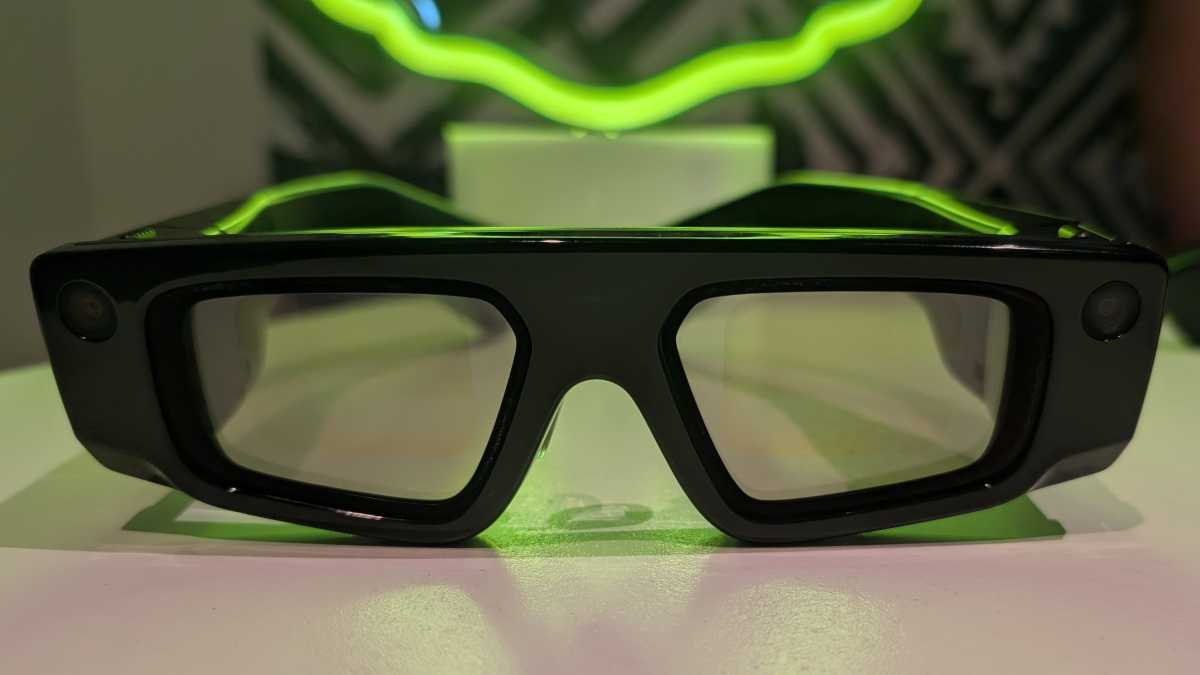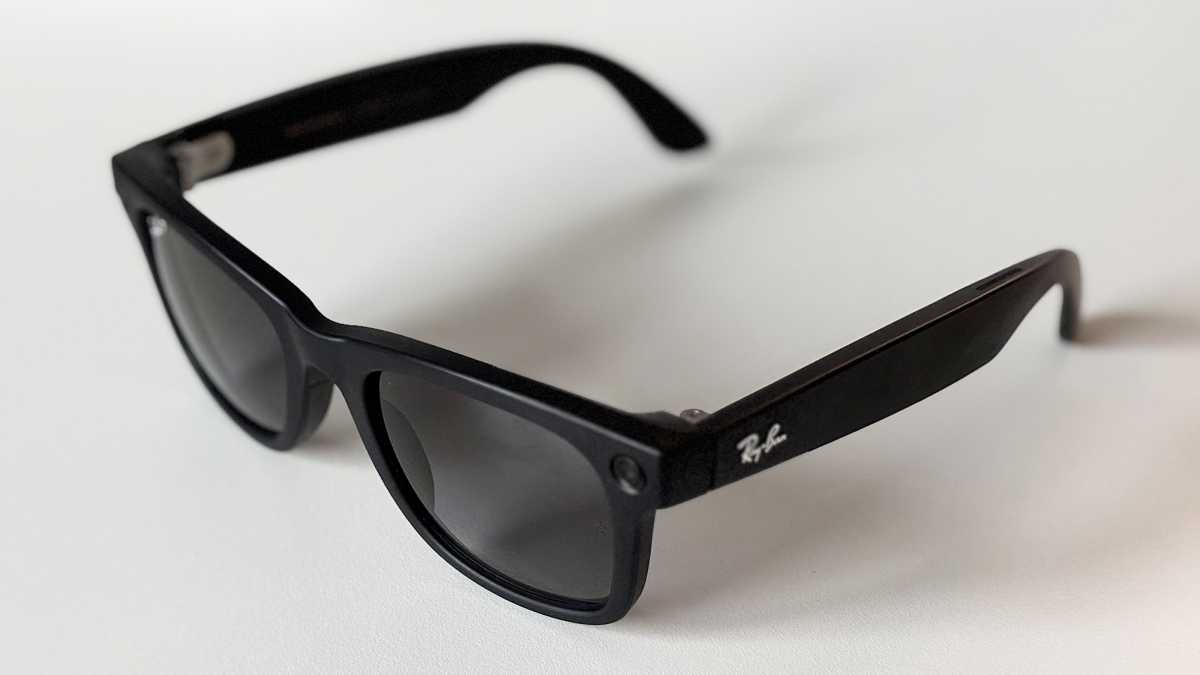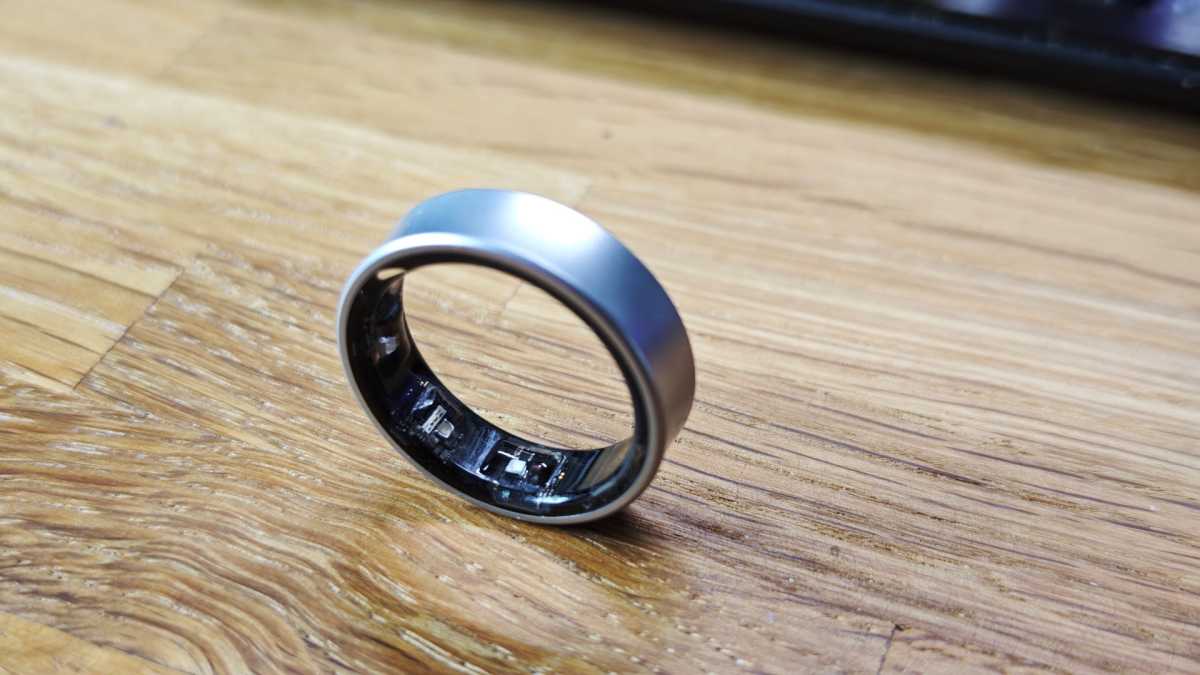For most of my time as a tech journalist, the idea of smart glasses has been decidedly underwhelming.
While being able to pack a camera, microphones and other tech into eyewear is impressive, I simply couldn’t understand the point of them for most people. And who wouldn’t feel a little uneasy at being surreptitiously filmed on the street?
A new perspective
That was until I went to Hawaii for Qualcomm’s Snapdragon Summit in October 2024. With hundreds of tech journalists and influencers in attendance, I was always likely to be exposed to new tech that I’d never seen before.
My first direct encounter with smart glasses came on the second day when I tried the latest Snap Spectacles AR glasses in a live demo.
The Snapchat maker’s fifth attempt at smart glasses delivers a compelling virtual experience for gaming and education, even if they’re too bulky and expensive to be a realistic consumer option right now.

Anyron Copeman / Foundry
But the real game-changing moment came when lying by the pool with two of my tech journalist friends. Both were wearing the Ray-Ban Meta glasses, which looked a lot like my regular wayfarer sunglasses but packed in some impressive extra tech.
I was already familiar with the idea of using the built-in camera and microphones to seamlessly capture memories without needing your phone. When used responsively, I can clearly see how useful this can be.
However, it’s the virtual assistant capabilities that really grabbed my attention. Not only can you use the Ray-Ban Meta glasses for basic weather and search queries, but also call upon Meta’s AI to better understand the world around you.

Foundry | Alex Walker-Todd
Within a few seconds, my friends were able to ask their glasses what species of bird was nearby and receive an accurate answer. That’s a surreal statement, and something I never thought was possible with current technology.
There are tons of potential use cases, including learning more about different plants, translating text from an unfamiliar language and identifying the song playing around you. Provided it’s accurate, this beats pulling out your phone every time.
Why Samsung?
This begs the question: if the Ray-Ban Meta glasses are so impressive, why don’t I just buy them instead of waiting for another tech giant?
In truth, there are a couple of big things holding me back. The first is price, with all versions still costing at least £299/$299 at the time of writing.
The other, and arguably more significant, one is that it’s Meta powering the glasses’ most compelling features. Ever since the Cambridge Analytica scandal in 2018, I’ve been very uneasy about the amount of data I give to Meta. I still use Facebook and WhatsApp, but having the company next to my eyes feels like a step too far.
Plenty of other companies have dabbled with smart glasses, but none of the biggest phone makers have given it a go – yet. If rumours are to be believed, Samsung is gearing up to release its own Galaxy smart glasses in 2025, and they could be teased as early as January.
Samsung has already helped popularise the smart ring with the release of its Galaxy Ring in 2024, and I’ve no doubt it could do the same for smart glasses in 2025.

Chris Martin / Foundry
I’ve generally enjoyed using Galaxy AI on Samsung’s phones, and many of its features could work well on smart glasses.
According to leaker Jukanlosreve, the Galaxy glasses will match the Ray-Ban Metas in not including a micro-LED screen (it’s expected in future generations), but that works for me.
If Samsung could offer a similar experience for a lower price while maintaining its strict privacy credentials, I’d be very excited.







